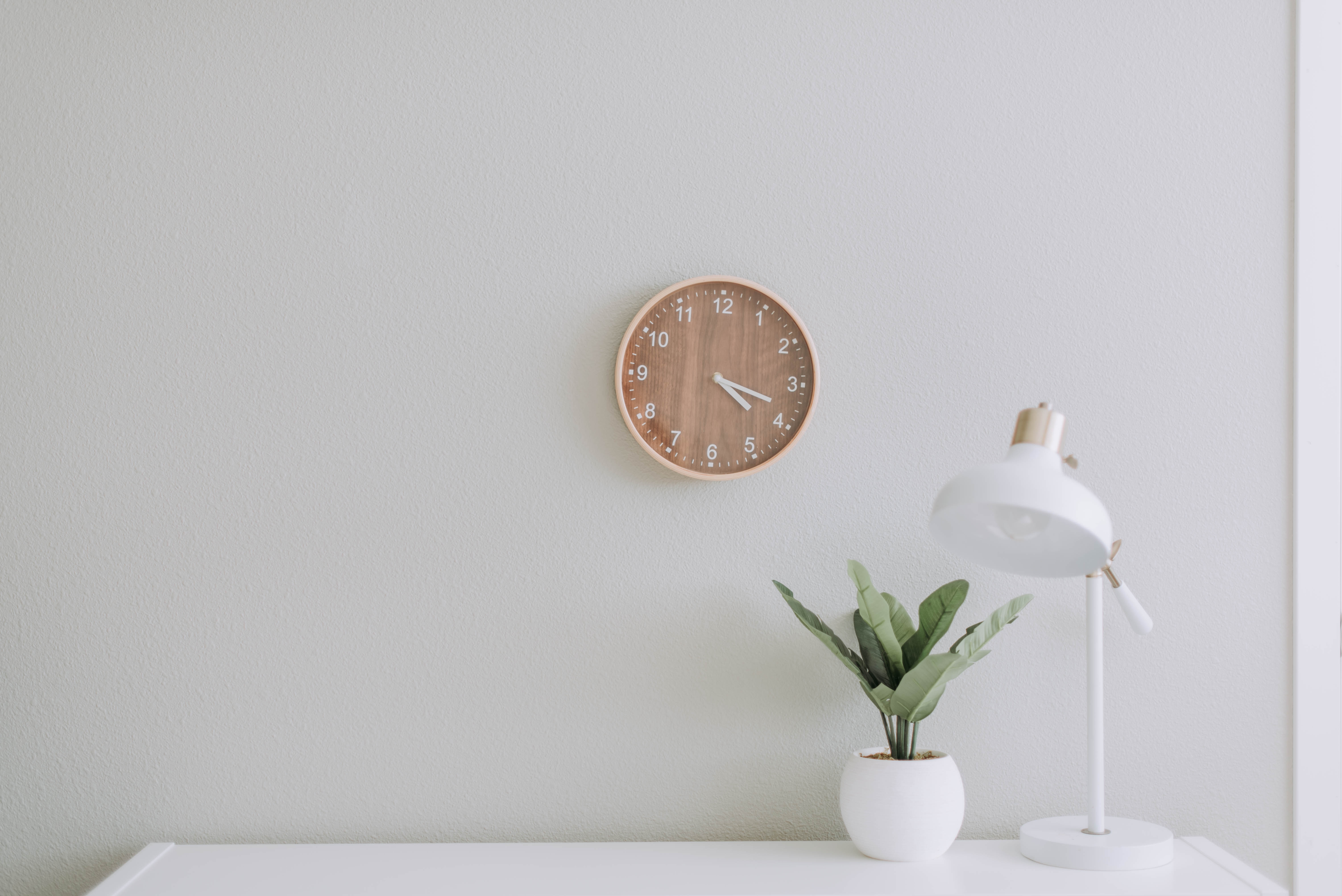Whether you work from home, are a student, or require a dedicated space for personal tasks, setting up a home office is crucial for creating a comfortable and effective workspace. An instruction manual for setting up a home office is provided below:
1. Choose a Suitable Location:
Choose a place in your house that is distraction-free, quiet, and well-lit.
Take into account the amount of space you have, the amount of natural light, and the accessibility of power outlets and internet.
2. Assess Your Needs:
Decide what kind of work you will be doing and what tools you will need. Do you require a computer, a printer, a phone, or specialized tools, for instance?
Think about the space you need to store your supplies, tools, and documents.
3. Get the Right Furniture:
To avoid back pain, spend money on a comfortable chair with good lumbar support.
Whether it be a traditional desk, a standing desk, or a wall-mounted desk, pick one that fits your needs and available space.
Make sure the desk has enough room for your keyboard, computer, and other office necessities.
4. Organize Your Workspace:
Maintain cords and cables in an organized, out-of-the-way manner by using cable management solutions.
To keep your workspace clutter-free, install shelves, drawers, or storage units.
Add a whiteboard or bulletin board for notes and reminders.
5. Lighting:
To lessen eye strain, mix artificial and natural lighting. If at all possible, place your desk near a window.
In order to light up your workspace, add task lighting, such as a desk lamp.
6. Connectivity:
Establish a dependable internet connection. If you want a steady connection, use an Ethernet cable; otherwise, if you prefer wireless, get a good Wi-Fi router.
Place your computer and peripherals (printer, scanner, etc.) close to network connections and power outlets.
7. Ergonomics:
Maintain good posture and lower your risk of musculoskeletal problems by setting up your chair and desk at the proper height.
To place your screen at eye level, use an adjustable monitor arm or monitor stand.
8. Personalize Your Space:
Make the area feel inviting and productive by adding plants, artwork, or decorations.
Keep personal mementos that motivate you, such as books or inspirational sayings.
9. Organizational Tools:
To stay organized, spend money on office supplies like pens, paper, folders, and a calendar.
To increase productivity, make use of digital tools like task managers, calendars, and note-taking software.
10. Privacy and Boundaries:
Establish physical and mental barriers to keep your home office separate from the rest of your living area, if at all possible.
To reduce interruptions, let your household members or family members know when you are working.
11. Safety and Comfort:
By having operational smoke detectors and fire extinguishers close by, you can ensure that your workspace is secure.
To make the floor more comfortable, think about placing a cozy rug or carpet under your desk.
12. Test and Adjust:
Once your home office is set up, test everything to ensure it’s functioning as expected. Make any modifications required for comfort and efficiency.
Keep in mind that the design of your home office should be based on your individual requirements and preferences. As your needs change, periodically assess and modify your workspace to maintain comfort and productivity.
The photo is from unsplash.com



